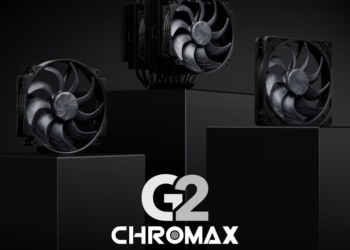La configurazione utilizzata per i test è la seguente:
| Sistema Z390 | Review | |
| CPU | Intel Core i9 9900k | – |
| Cooling | Noctua NH-U12S | LINK |
| Mainboard | ASRock Z390 Phantom Gaming 9 | LINK |
| RAM | G.Skill TridentZ 16 GB 3600 MHz | – |
| VGA | EVGA Geforce GTX 1080 Ti FTW3 | – |
| Soundcard | – | – |
| Storage | Patriot Hellfire 240 GB M.2 SSD | LINK |
| PSU | Seasonic PRIME Gold 850W | LINK |
| Case | Streacom OpenBenchTable BC-1 | – |
| Monitor | LG 27UK650 4K HDR FreeSync 2 Display | – |
| Keyboard | Cooler Master MasterKeys Pro L GTX Edition | LINK |
| Mouse | Razer Lancehead Wireless | LINK |
| OS | Windows 10 Pro x64 1809 (inSpectre per disattivare protezioni contro Spectre e Meltdown) | – |
Benchmark sintetici:
- SuperPI 1.5 mod XS 1M e 32M
- WPrime 1.55 32M e 1024M
- Cinebench R11.5
- Cinebench R15
- AIDA64 Photoworxx
- AIDA64 ZLib
- AIDA64 AES
- AIDA64 Hash
- AIDA64 VP8
- AIDA64 SinJulia
Benchmark grafici:
- Ashes of the Singularity, preset Crazy, 1080p, benchmark CPU Focused (DX12)
- 3DMark Fire Strike (DX11)
- 3DMark Time Spy (DX12)
ndr Di recente Ashes of the Singularity è stato “accorpato” ad Ashes of the Singularity Escalation, e da allora abbiamo notato punteggi più elevati nei CPU test, probabilmente perché è stato cambiato qualcosa in termini di codice/ottimizzazione.
Pagina 5 di 10




